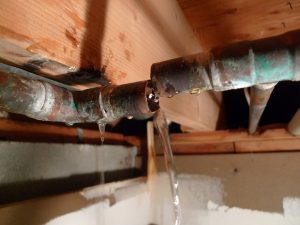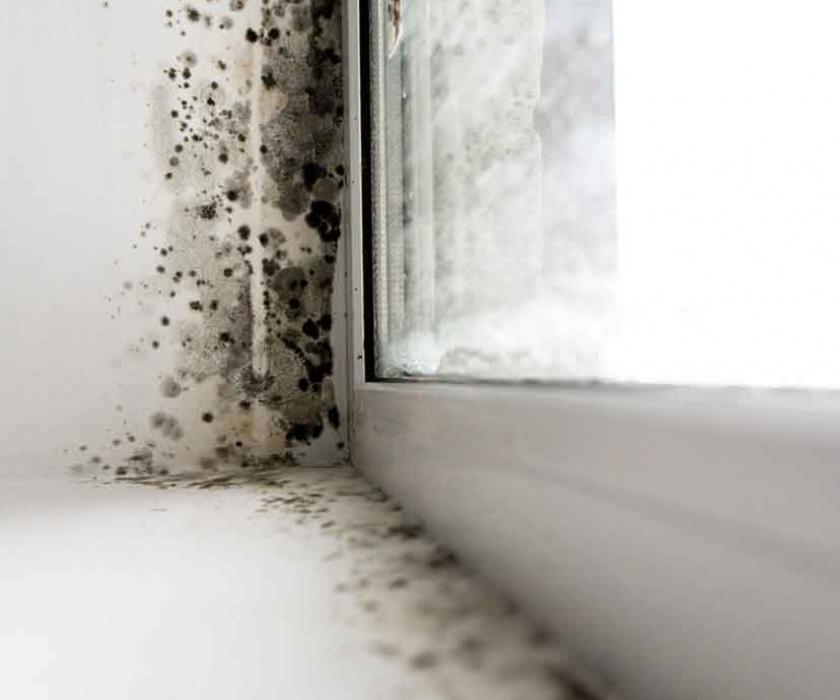When homeowners come across mold, they sometimes panic. The appearance often is dark brown, blackish spots, as well as brownish orange. There are many different types of mold, making mold testing necessary to treat the situation accurately. Hiring a mold inspection company in Greenville may be your first call to action. If a “do it yourself” approach is more of your style, there are many solutions able to be made at home. You can also go to a local hardware store and purchase a solution. In order to prevent mold, a homeowner needs to understand where excess moisture may be getting into their residence, and accumulating on surfaces. Perhaps a window that is not insulated properly may allow water to get into your home. These minor things are often overlooked, and can lead to much larger problems as time goes on.
How Do I Treat Mold At Home?
There are a variety of techniques to remove the signs of mold within your home. First, take a Clorox or Lysol wipe and remove the trace of mold. Repeat this step 3-4 times and expand the cleaning beyond the actual signs of mold. Second, take a spray bottle and fill it with baking soda, white vinegar, and water. Spray this solution on the surface and wipe vigorously with a scrub brush and then spray with water to remove any residue and wipe dry. Finally, spray the surface again with the solution and allow it to air-dry, removing any leftover mold.
What Does Mold Look Like?
Check for Plumbing Leaks
If you see mold near water pipes, waste lines, ice-maker lines or plumbing fixtures, chances are the mold is feeding off a nearby leak. Let the water run while you check the pipes and surrounding area for damp spots to see if there’s mold from water leaking. Remember that water can travel in any direction—down, sideways or even up when it wicks into absorbent material like drywall—so the actual leak may be some distance from the mold. Once the leak is found, fix it. This portable work light is perfect for scoping out problems inside cabinets and other hard-to-reach spaces.



 Dennis
Dennis German
German Chiness
Chiness